Types of Flooring for Home Renovations
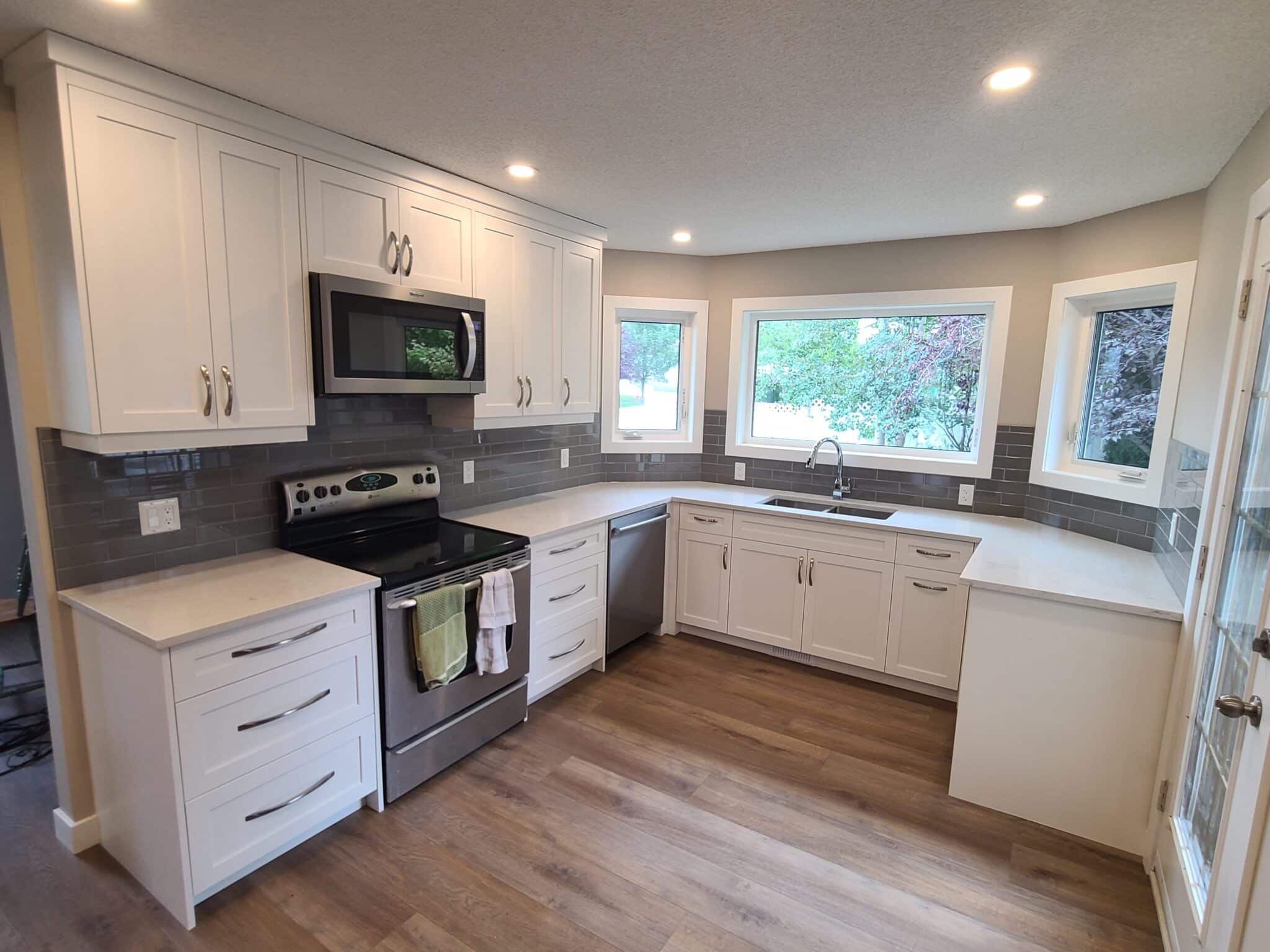
Home renovations are almost always sought over the years. After all, a house tends to undergo quite a lot of wear and tear. One of the first things that require remodeling is the flooring, whether it is due to the current flooring in the house is now out of fashion or because it is damaged.
To ensure that the house looks sophisticated yet trendy, many choose traditional or engineered hardwood. This is because such flooring doesn’t get outdated and always looks aesthetically pleasing. Within the umbrella of traditional hardwood, there are three significant options one can choose from. This includes laminate flooring, hardwood, and engineered hardwood. To decide among them during home renovations, it is essential first to understand the difference between them.
The Differences
The floorings differ from one another in the following aspects.
Thickness and materials
Laminate Flooring:
Laminate flooring is a manufactured product composed of multiple layers. It typically consists of a high-density fiberboard core, a backing layer for stability, a photographic layer that mimics the look of wood, and a topcoat layer that provides protection. Laminate flooring is known for its durability and affordability.
Hardwood Flooring:
Hardwood flooring is made from solid wood, harvested from trees like oak, maple, and cherry. The wood is milled into planks of varying thickness, typically around three-quarters of an inch. This thickness allows the wood to be sanded and refinished multiple times, extending its lifespan.
Engineered Hardwood:
Engineered hardwood is a more modern option that combines a real hardwood veneer with a plywood or high-density fiberboard core. The thickness of engineered hardwood typically ranges from 3/8” to 1/2″, making it thinner than solid hardwood. The top layer can be sanded and refinished, though not as many times as solid hardwood. Engineered hardwood is often chosen for its stability and resistance to changes in temperature and humidity.
Edge Geometry
Hardwood and Engineered Hardwood:
Both hardwood and engineered hardwood feature tongue-and-groove edge geometry. This design allows the planks to interlock securely, accommodating natural expansion and contraction without compromising the stability of the floor.
Laminate Flooring:
Laminate flooring also uses a tongue-and-groove system, but it often includes a locking mechanism or clip system that holds the planks together tightly. This design ensures a secure fit, making it easier to install and maintain.
Finish
Laminate Flooring:
Laminate flooring comes prefinished from the manufacturer, with the photographic layer providing the desired appearance. There is no need for additional finishing after installation, making it a convenient option for homeowners looking for a quick renovation solution.
Hardwood Flooring:
Hardwood flooring is available in both prefinished and unfinished forms. Prefinished hardwood is sanded, stained, and sealed in the factory, ready for installation. Unfinished hardwood, on the other hand, requires on-site finishing, allowing for a custom look but requiring more time and effort.
Engineered Hardwood:
Engineered hardwood is typically prefinished, meaning it requires no additional sanding or finishing after installation. This makes it a low-maintenance option that still offers the beauty of real wood.
Pros of Laminate Flooring
There are various benefits to choosing laminate flooring. Here the major pros of this option:
Affordability
Laminate flooring installation and the material can be up to 50 percent cheaper than the cost of hardwood flooring. This is because laminate flooring is made from composite wood pressed at a very high temperature. Both the material and the process is cheap making the final output affordable as well.
Durability
There are various layers in laminate flooring that are constructed to ensure durability. They are resistant to moisture, wear, and tear and scratches. Moreover, it is effortless to clean and maintain.
Cons of Laminate Flooring
The flaws in the flooring include:
Lack of visual appeal
The texture and the appearance of the flooring to some people are not aesthetically pleasing, when compared to hardwood. The lower the price of the flooring, the more artificial it looks.
Repairing difficulties
Laminate flooring might be easy to clean. The repair of laminate is only difficult if much of the floor needs to be removed and then relayed. Laminate tend to hold its colour through age and sunlight, hardwood has this problem.
Pros of Hardwood flooring
There are two main strengths of hardwood flooring. This includes:
Aesthetic appeal
Hardwood flooring looks beautiful if chosen correctly. Hardwood is bound to add a sophisticated and trendy touch to any room they are installed in.
Ease of repair
It is easy to repair hardwood flooring if it becomes damaged. As individual pieces can be removed and replaced if prefinished. Site finish requires the additional steps of sanding, staining and finish coats.
Cons of Hardwood flooring
The flaws of hardwood flooring include:
Lack of durability
Since there is no protective layer on the flooring, it tends to get scratched easily. If the hardwood gets excessive moisture and sunlight exposure, it will show visible wear and tear.
Price
The more exotic the harvested tree from which the hardwood is made is, the higher will be the price. Generally, hardwood flooring costs more than laminate flooring.
Pros of Engineered Hardwood
There are many benefits to choosing engineered flooring, here are a few:
Stability
Engineered flooring is structurally stabilized. The cross-grain pattern resists expansion and contraction caused by changes in temperature and moisture. The result is flooring that is actually more stable than solid wood flooring.
Environmentally Friendly
It is more environmentally-friendly than traditional hardwood for a few reasons.
- Veneer is sliced rather than cut with a saw. The process produces no sawdust, therefore all all of the tree’s wood can be used. The sawdust produced making hardwood boards is wasted wood (and adds up to a significant amount).
- Hardwood trees grow much more slowly than the trees used to make engineered flooring cores. Since more surface area is produced making veneer, installing traditional hardwood uses many times the amount of slow growing tree. This makes the replenishing time much longer.
Low Maintenance
Engineered flooring has a low tendency to swell or warp, making it very low maintenance.
Trend Proof
Whether you are planning on staying in your home forever or selling when the market heats up, engineered wood flooring is an excellent investment. It can be pricey at first, but the floors are durable and will stand the test of time.
Engineered Hardwood Flooring Cons
There are very few principle drawbacks to this type of hardwood flooring, they include:
Flaws
Subfloor flaws show through. With prefinished flooring there is no sanding done thus if the substrate has any irregularities or height variations, it may require subfloor preparation. Otherwise, the flaws will show up in the finished floor.
Price
It will cost more for the materials of pre-finished engineered hardwood flooring than for solid flooring
Refinishing
Veneers that are too thin will prevent sanding and refinishing opportunities that may double the lifetime of the floor. Some veneers are so thin and poorly made that they can prematurely warp or fade.
Why choose Laminate flooring?
There are many reasons why you should consider choosing laminate flooring.
- Very budget-friendly, with the look of solid hardwood without the hardwood price
- Easy to install
- Does not scratch easily
- Can be installed over concrete or most other surfaces
- Allergens can be kept to a minimum
Why choose Hardwood flooring?
Hardwood flooring should be chosen for home renovations because:
- Luxurious styles and appearance
- Available in many exotic woods, stains, grains and patterns
- Will increase the value of any home
- Different hardwood species vary in durability and resiliency
Why choose Engineered Hardwood flooring?
Reasons you should consider choosing engineered hardwood flooring:
- Installs over above-grade concrete
- Multiple installation methods
- Less sensitive to moisture
- Improves resale value
- Trend-proof
- Radiant-heating compatible
Choosing the Right Flooring for Your Home
When deciding between laminate, hardwood, and engineered hardwood flooring, consider your priorities:
- Budget: If cost is a primary concern, laminate flooring offers the look of wood at a fraction of the price. It’s ideal for areas where durability and ease of installation are important.
- Aesthetics: For those who value the natural beauty and timeless appeal of real wood, solid hardwood or engineered hardwood are excellent choices. They provide a luxurious finish and can increase the value of your home.
- Durability and Maintenance: Engineered hardwood is a good compromise between durability and beauty. It is more stable than solid wood and easier to maintain, making it a great choice for high-traffic areas or rooms prone to moisture.
Conclusion
Anyone who is confused between the three options should know what their priorities are. If one is looking for a budget-friendly solution that is hassle-free and durable, laminate is a perfect choice. If aesthetics matter more, than traditional hardwood flooring or engineered hardwood is the answer.
Analyze your priorities and decide accordingly.


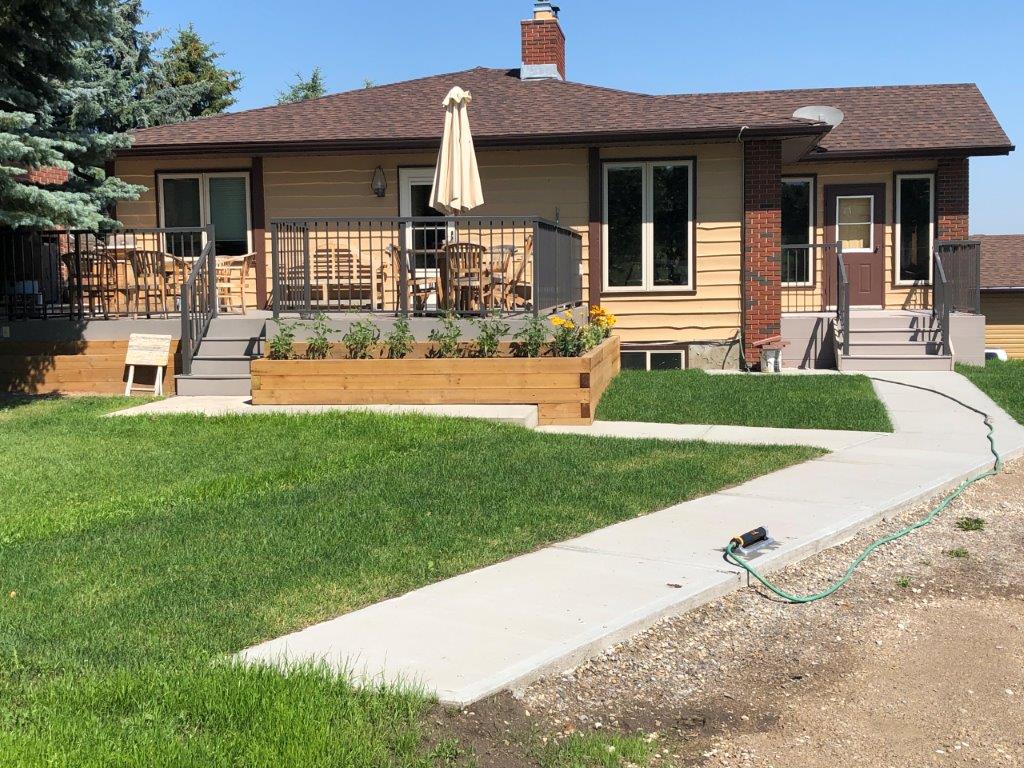
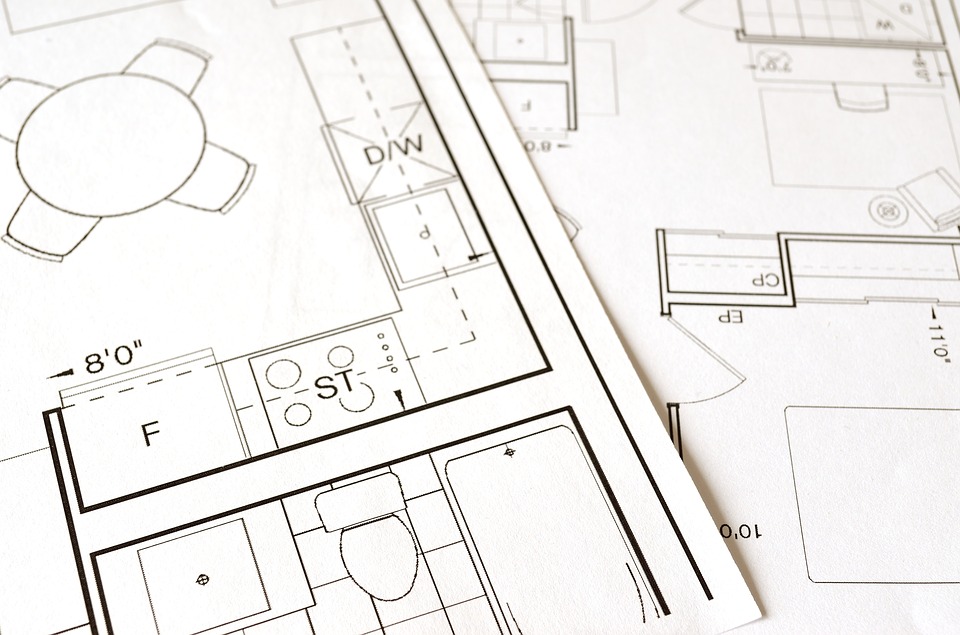


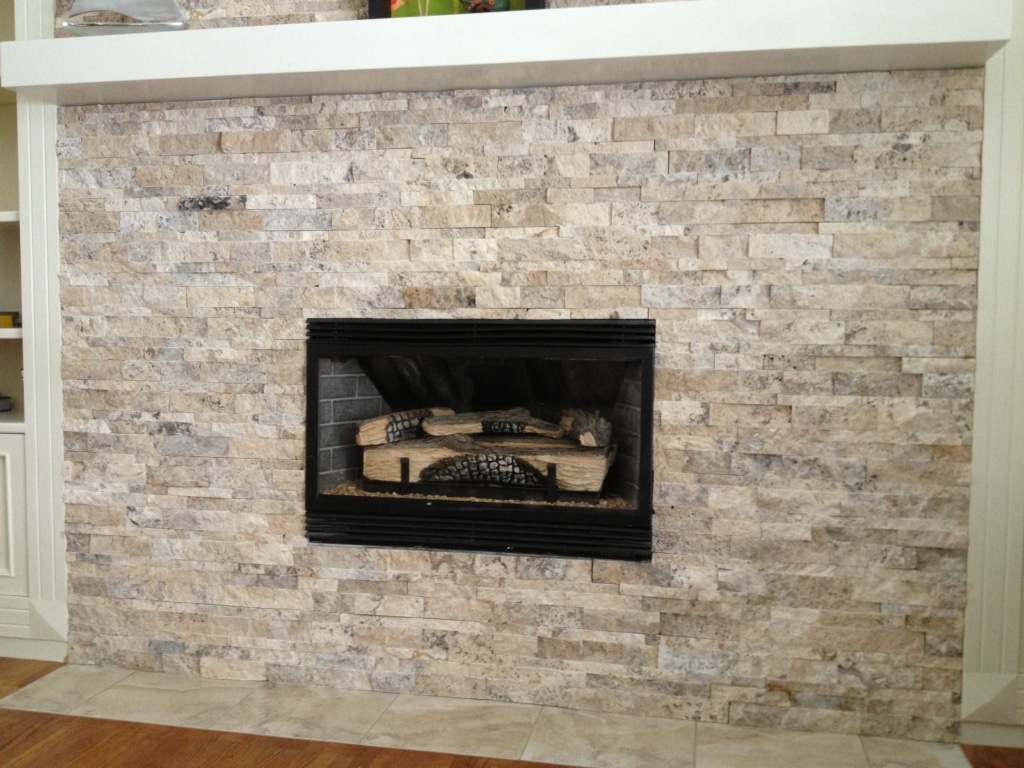
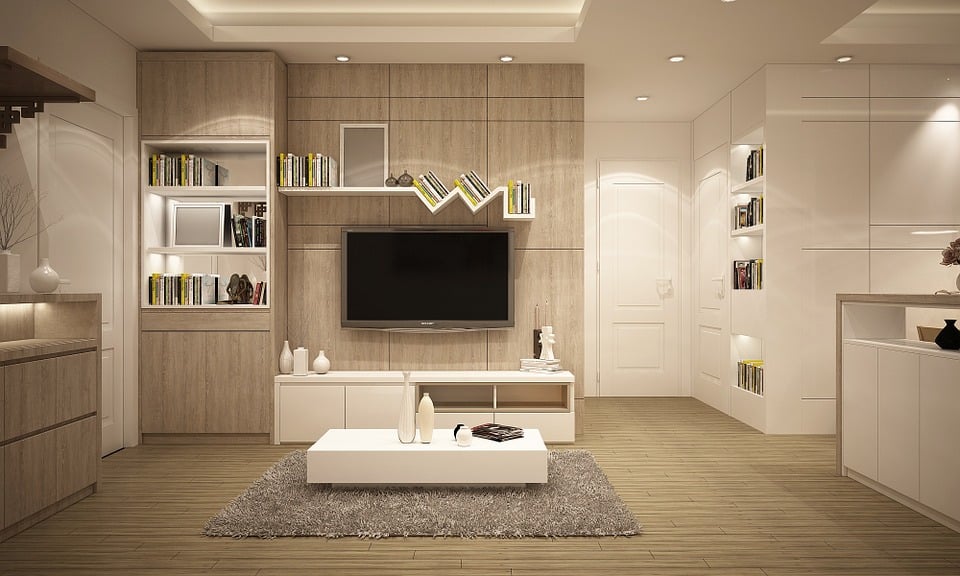



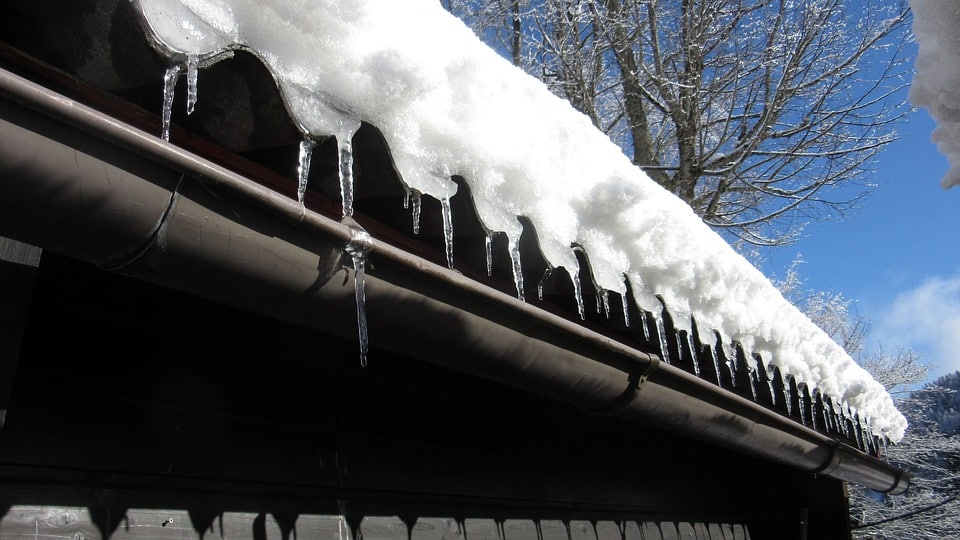
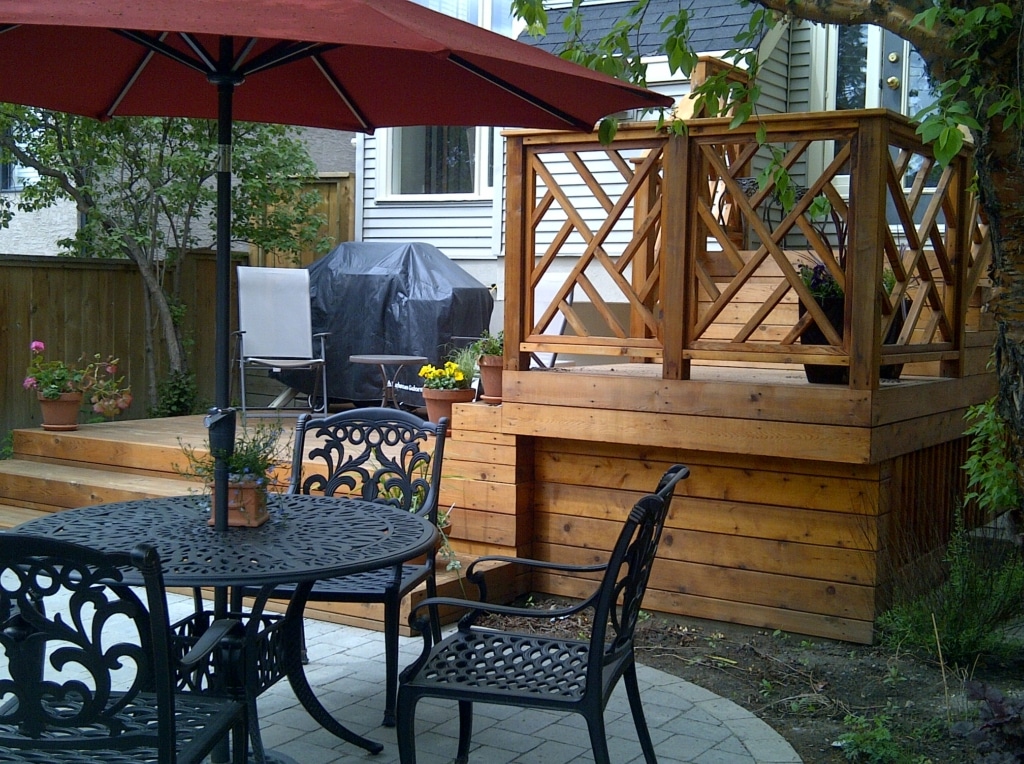
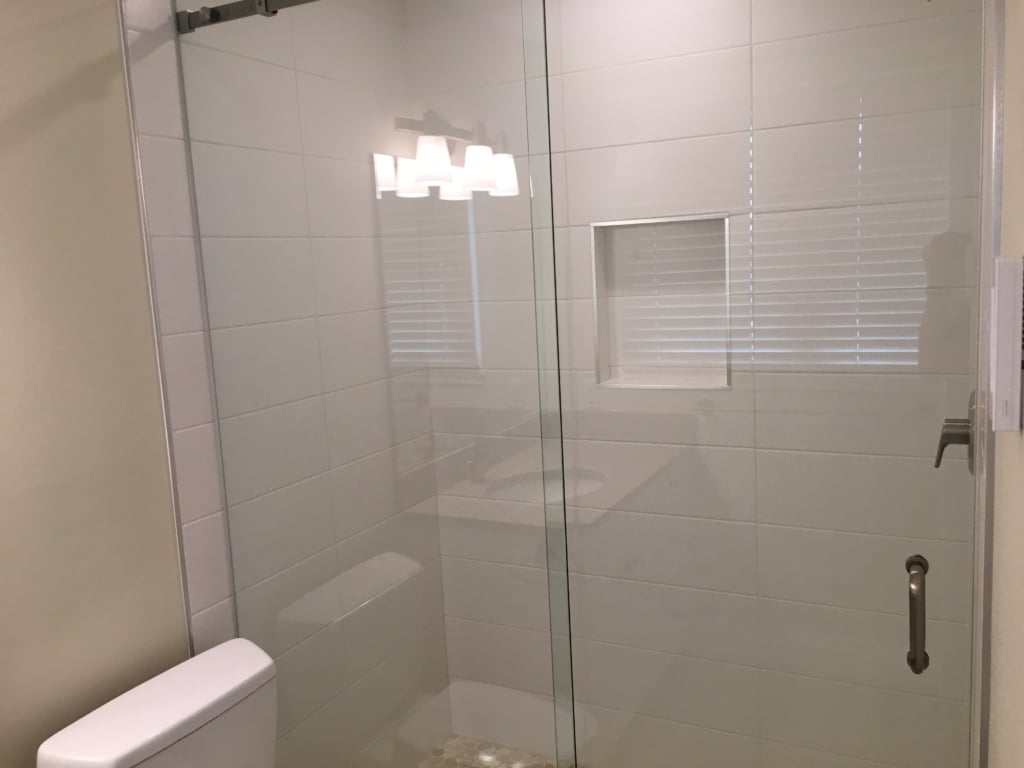
2 thoughts on “Types of Flooring for Home Renovations”